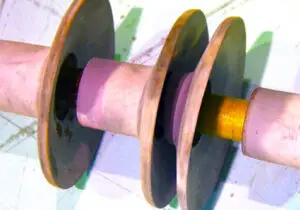
The running history of composite line insulators reaches a convincing level, compared to the traditional cap & pin insulators. The quantity of line insulators with polymer now has exceeded around 25 million pieces of different generations. Dating back to the early 1980s,the 1st and the 2nd generation composite insulators have experienced several quality issues. People expected new technology would solve these, including sealing problems, flashunder, issues with the adhesion of housing, rod tracking, and brittle fracture. The issues were successfully solved and renovated in the coming generations due to proper investigation. More recently, however, with many new players entering the marketplace and tremendous growth in industrial production, polymeric insulators nowadays can again be of substantially enter a new stage of quality. For example, past interfacial problems have again emerged. Investigations have shown that the real cause of increasing reported failures was the poor adhesion in the critical interface between core rod and silicone rubber housing. Amazingly, it was not revealed by IEC tests, which intended to verify the integrity of interfaces. While non-standardized adhesion tests have revealed such problems. Obvioulsy, the issue of insulator quality is considered as not sufficiently covered in existing IEC standards.
